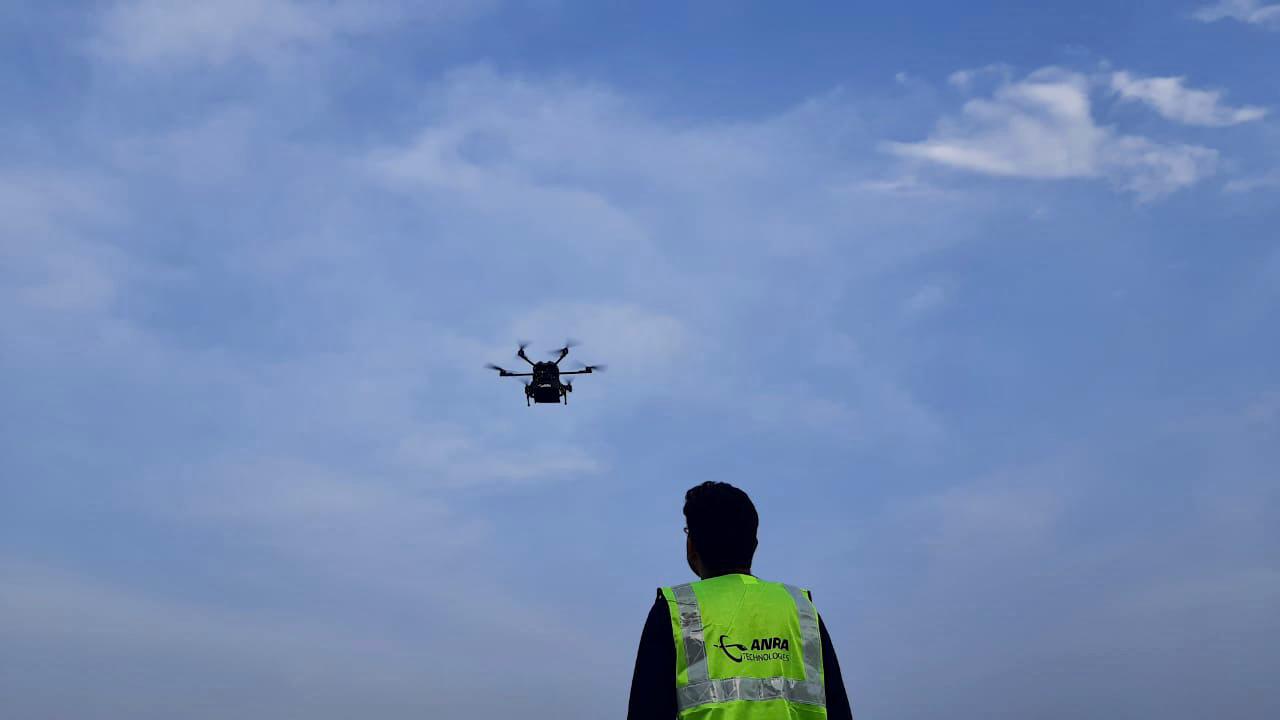Helicopter vs. Drone, Nobody Wins
On December 5, a Los Angeles-based news helicopter reported it might have been struck by a drone while flying. While it’s not yet confirmed it was a drone that hit the helicopter, based on what the aircrew and passengers saw and the subsequent helicopter damage, it seems likely it was not a bird, but a plastic whirly thing with blades. Thankfully this story doesn’t end in tragedy but highlights a growing need to somehow manage all users of our airspace to avoid future mid-air collisions.
Our existing air traffic control infrastructure wasn’t designed to accommodate small drones flying at low altitudes. This is compounded by the forecasted, exponential growth of the number of drone users that continue to find novel and innovative uses. More drones statistically result in an increased likelihood of more safety-related issues. Keeping our skies safe is a top priority, regardless if it’s in LA or anywhere in the world. What do we do?
ENTER UTM
UAS Traffic Management (UTM) is a term the drone industry uses when referring to low altitude airspace management of drones. Since 2015, NASA has become a world leader in researching this vexing problem of how to develop a system that deconflicts drones and planes without hindering technological growth for things like package delivery by drone. ANRA has been there since the beginning, collaboratively working alongside industry partners and the FAA to help solve this pervasive challenge.
Our families fly in the same airspace as yours, so we are seriously passionate about engineering a solution that reduces the threat of a mid-air collision. Our DroneUSSTM software platform takes a big step forward to that end.
UTM platforms like DroneUSS will help with aircraft deconfliction, display radar information to the drone pilot, and provide identification and tracking of drones. UTM will allow creation of restricted areas that act like electronic fences to prevent drone operations over critical areas such as airports. However, technology will not solve all our problems as it will require a layered approach that includes smart regulations, user education, and building trust with the general public.
UTM is a “systems of systems” and is one component of the air traffic ecosystem that includes manned aviation and legacy systems that manage those aircraft. UTM developers must build into their software best practices and adopt standards that will evolve and grow with technology. There is no singular solution and the helicopter incident over LA is a stark reminder we need to move quickly.
Visit www.anratechnologies.com to learn more about how we are helping drones and humanity interact safely and responsibly.







